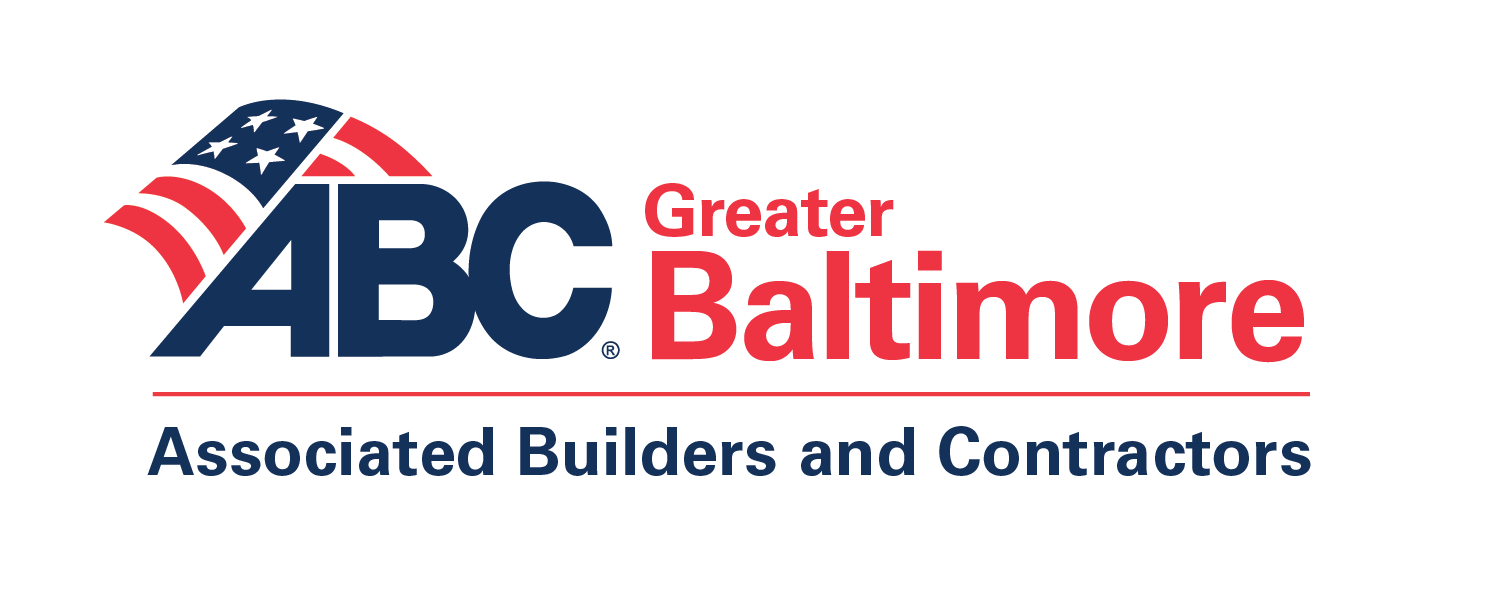Here is the ABC Baltimore Small Business Circle monthly newsletter. Please let Verna know if you have any questions, comments, or are interested in joining the group.
Davis Bacon Act Report-
- In 2019 the Department of Labor released a report that identifies prevailing wage concerns
- Federally contracted work that falls under Davis Bacon rules can cost taxpayers 13% – 25% more than non-prevailing wage work
- Davis Bacon wage rates are not updated consistently, causing both overpaid and underpaid workers
- Wage rates, determined by contractor surveys, are dominated by union rates
- 32 states have abolished or reformed their prevailing wage laws to protect taxpayers (Maryland is not one of them)
- Read the entire article at http://www.abc.org/News-Media/Newsline/entryid/16152/dol-inspector-general-releases-report-on-davis-bacon-wage-audit
Hiring Employees with a Criminal History-
- A new law, the federal Fair Chance to Compete for Jobs Act of 2019, limits the questions that an employer may ask applicants about their criminal history
- The law is intended to reduce discrimination against prospective employees that have arrest or conviction records
- The new rules apply to companies/contractors performing federally contracted work
- The details are still being worked out, so the rules are not in effect yet (stay tuned for updates…)
- Plan ahead by reviewing your hiring and interview documents and procedures
Financial Ratios- Which Ones Are Important –
- We hear lenders, bonding sureties and accountants talking about “ratios”
- “Ratios” are formulas that tell others about the financial health of your company
- The results of ratio calculations affect a company’s ability to borrow money and secure bonding
- Commonly used examples:
- The Working Capital Ratio (or Current Ratio) is simply Current Assets divided by Current Liabilities
- Working Capital Ratio tells whether or not there is enough available assets to pay short-term debt
- Ratio of 1.0 or higher is good
- The Debt to Equity Ratio is calculated by dividing total liabilities by equity (from the Balance Sheet)
- Debt to Equity Ratio tells if the company’s growth has been funded by debt, versus profits
- Ratio of less than 2.0 is good
- The Quick Ratio is calculated by adding Cash + Receivables, then dividing by Current Liabilities
- The Quick Ratio tells how much current debt can be paid without converting other assets into cash (investments, etc.)
- Ratio between 1.1 and 1.5 is considered good
- The Working Capital Ratio (or Current Ratio) is simply Current Assets divided by Current Liabilities
- Take a look at your Balance Sheet and do some calculating… how does your company look?
